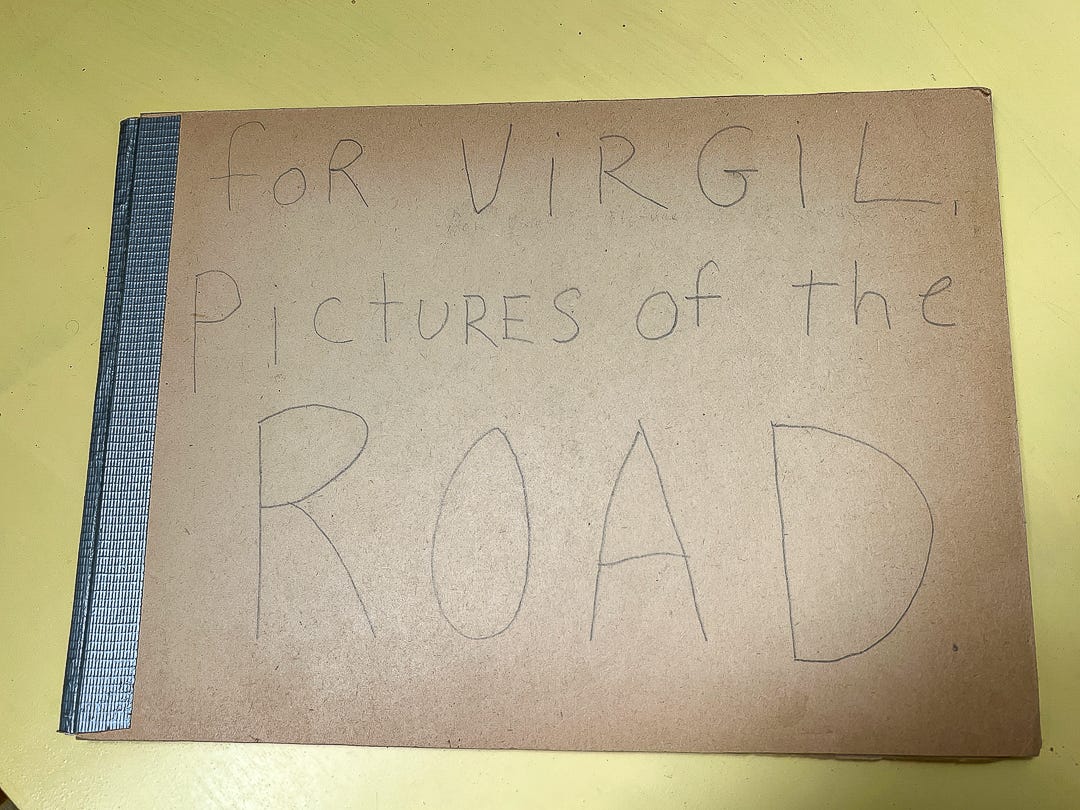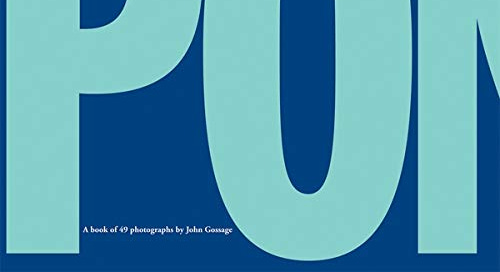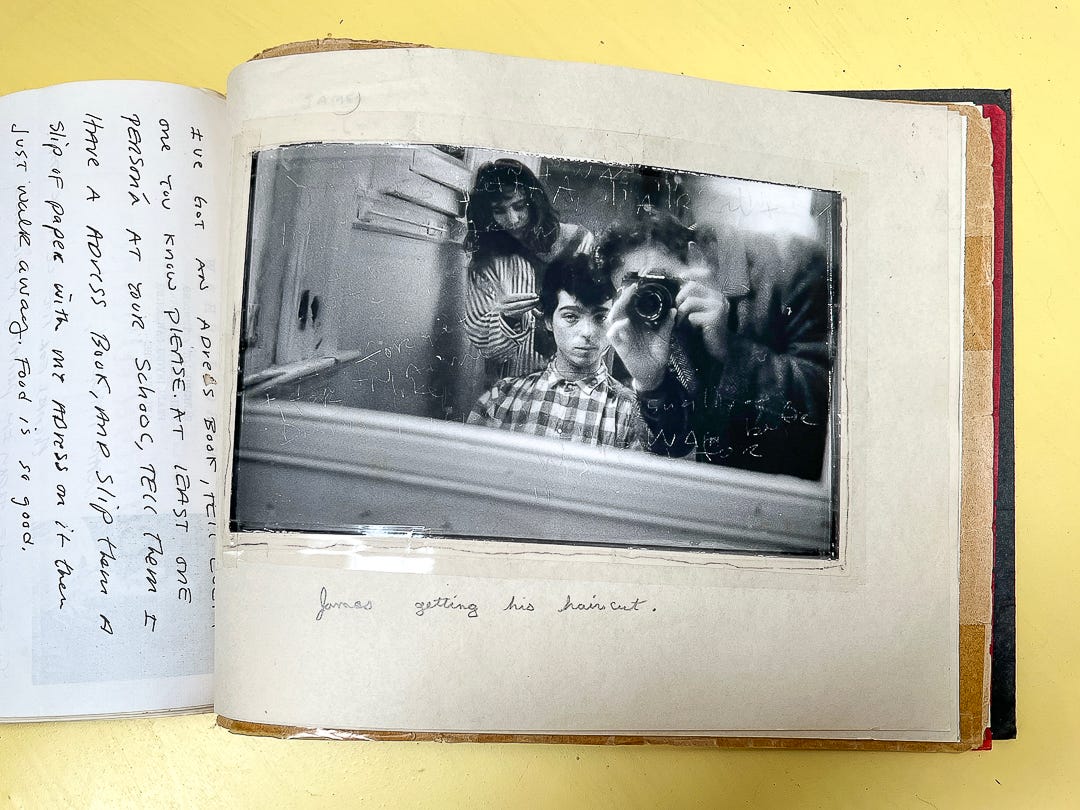First, an exciting milestone!
My work was accepted into an art book fair! I’ve attended many fairs but this is my first time participating in one. My Hazel Hall Traveling Libraries and the zines I published about her are on exhibit at Carnation Contemporary’s The Extended Ear until Sunday, March 20.
Thinking about The Pond
I wrote down 25 things that I wanted to remember from talking with Harrell Fletcher about John Gossage’s The Pond. In the weeks since, I’ve delighted in returning to his description of coming to understand the photos in this book:
“The process of trying to understand or appreciate difficult photographs, music, or film can put me into this brain mode that's a little bit like meditation. Like when people talk about being in the zone, when they're making art or something like that. It's kind of like that, but I'm not making anything I'm just processing something. I'm trying to be a very engaged audience or reader, viewer, listener.”
Once he realized that looking at Gossage’s difficult photos put him into a different brain state, he could more easily tap into it and apply it to other things.
“I didn't need to necessarily go to Yosemite to see something beautiful; I could just walk down an alleyway and see it. I realized the feeling was pretty similar. The Pond was very instrumental for me in getting my mind into that. And to eventually apply that to my own work of taking photographs, making projects, writing things, whatever it happens to be.”

I noted other highlights to keep in my mind as I explore publishing as a collaborative and artistic practice:
Books go places that art exhibits don’t usually go, making art more accessible, especially to people who live in places without art museums or galleries. Also, they give artists opportunities to show and share their work beyond traditional exhibitions.
A reader looks at a book on their own terms: touching it, holding it, turning its pages, and keeping or borrowing it. This is in contrast to when a viewer is standing in a gallery or museum, keeping their distance and not touching the art.
Like Harrell, the existing form of books appeals to me and I, too, am not very interested in subverting it. But as he explained, sometimes the traditional structure of books gets challenged in the course of making books by hand: “I was trying to make them as book-like as possible, but just with limited resources. Though mostly I was just using typing paper, staples to bind and then taping photographs onto the page, typing or writing and trying as much as I could to simulate a real book. They were one of a kind and they were very scrappy. But once I put it together, I could give it to somebody to look at instead of handing them a stack of photographs. It allowed me to make a complete thought through the making of these books.”
Harrell kindly shared some of his early bookworks and there are more on his Instagram, too:

Coming soon! And thanks!
The next episodes of Book Looking are taking shape. I’ll share all the exciting details on Instagram once they are confirmed. For now, here’s a clue!
Thank you to my Writing and Research teacher, Sarah Mirk, for editing this newsletter and being so supportive this term. She is an Oregon Book Award for Graphic Literature finalist for her incredible book Guantanamo Voices and I’m crossing my fingers that she will be the winner!
This newsletter issue is dedicated to my friend, Martine Arenella, for sending me feedback and expressing a desire to see Harrell’s handmade books.










